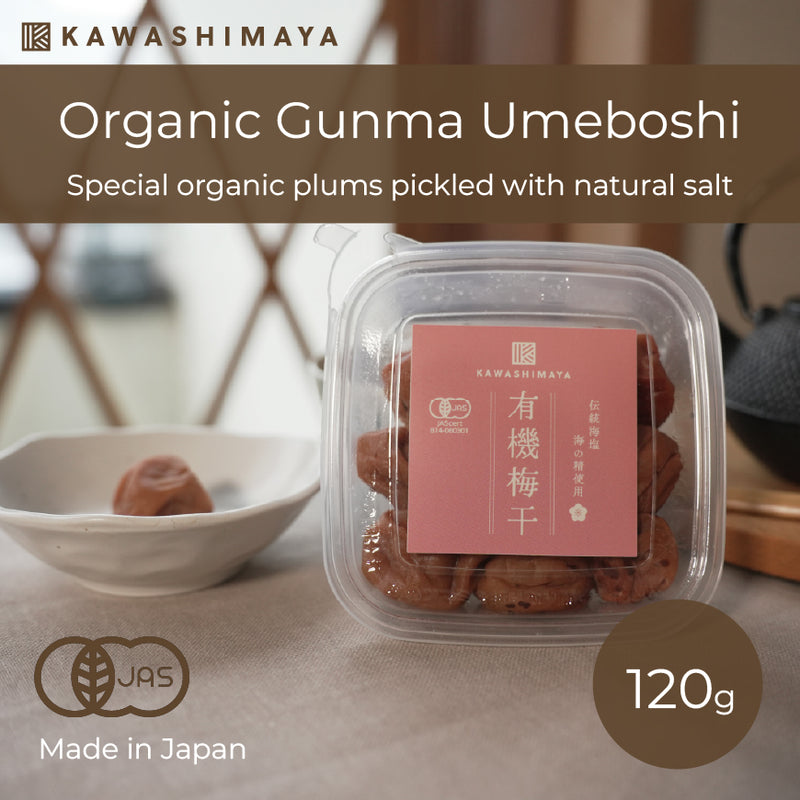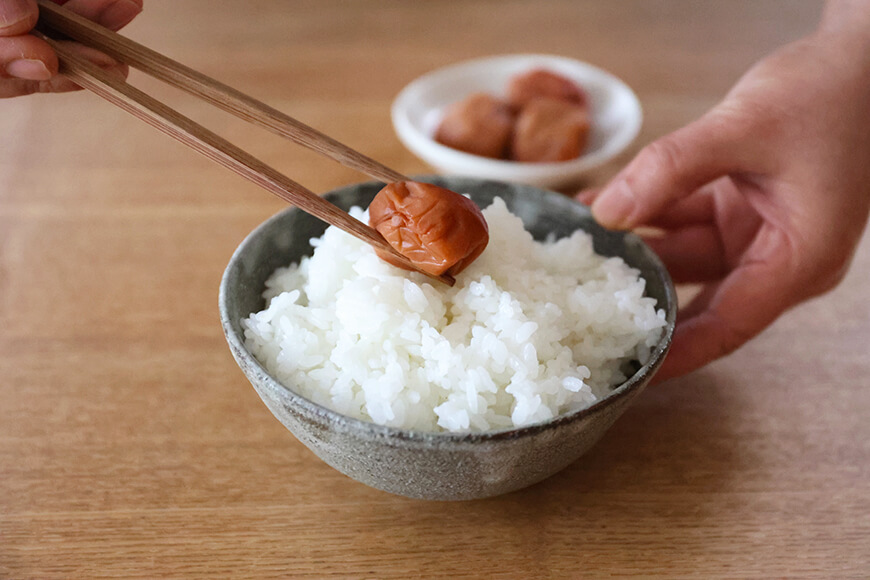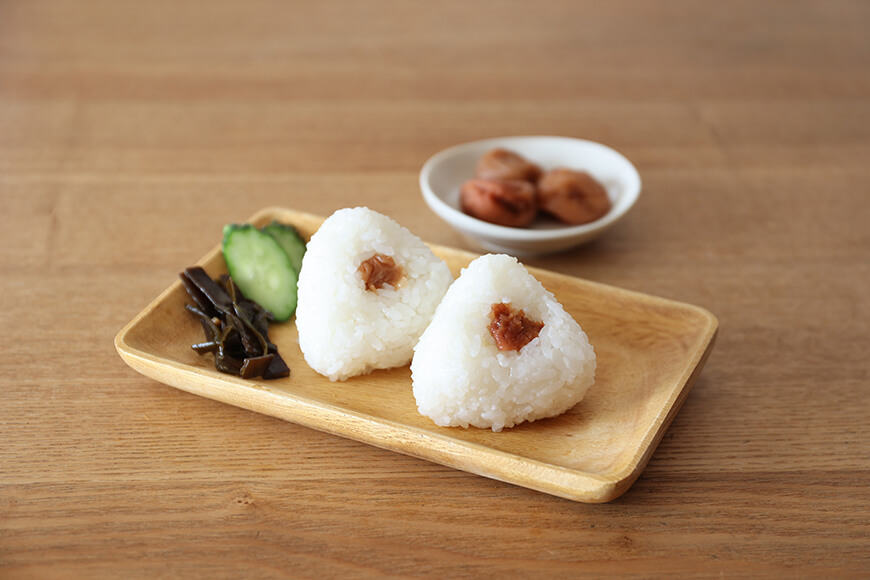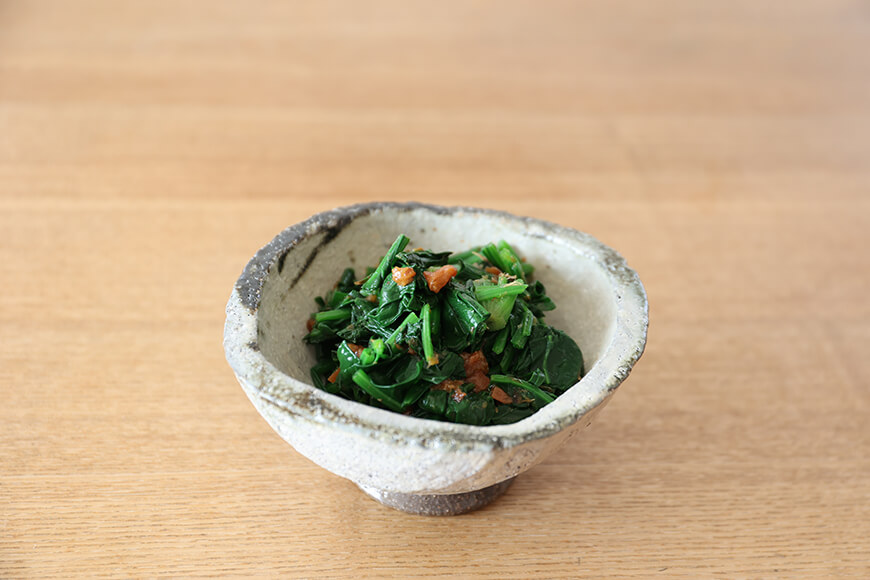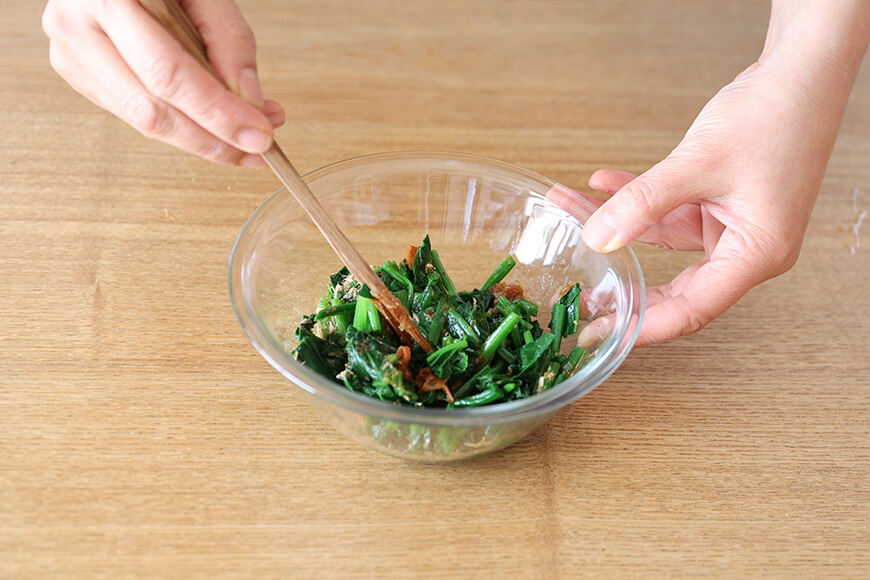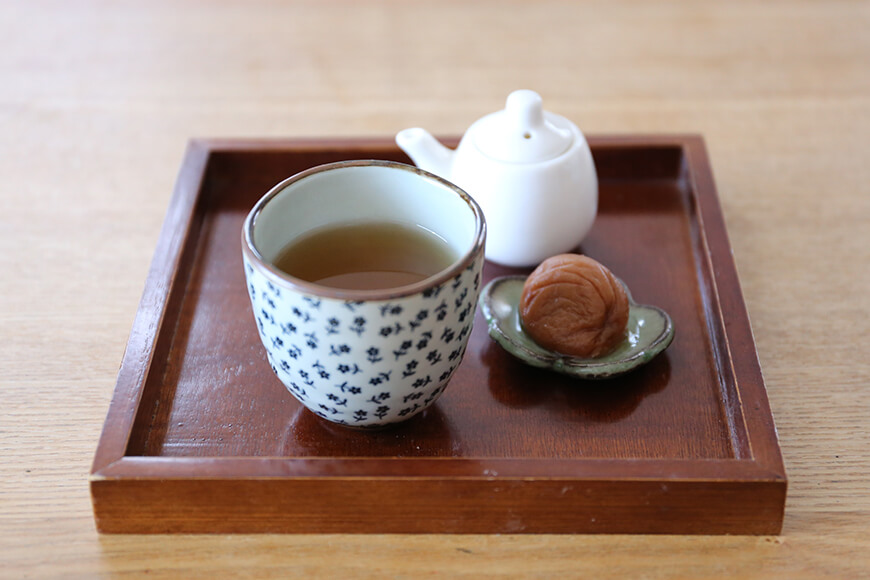Message from the Producer

Yuasa Farm has been producing ume plums for over 100 years across five generations,
cultivating them in fields overlooking Mt. Haruna in Takasaki City, Gunma Prefecture.
We practice a six-step industry system, handling everything from cultivation to processing and sales in-house.

Through grass-grown cultivation, we mow the grass under the ume trees to increase soil microorganisms and nurture the trees with natural humus.
No synthetic pesticides, fertilizers, or herbicides are used during the growing period.
Furthermore, we use solar power for electric farming tools, reuse pruned branches for heating and hot water, and utilize glass greenhouses to sun-dry the ume,
ensuring environmentally conscious, safe, and delicious ume production.

